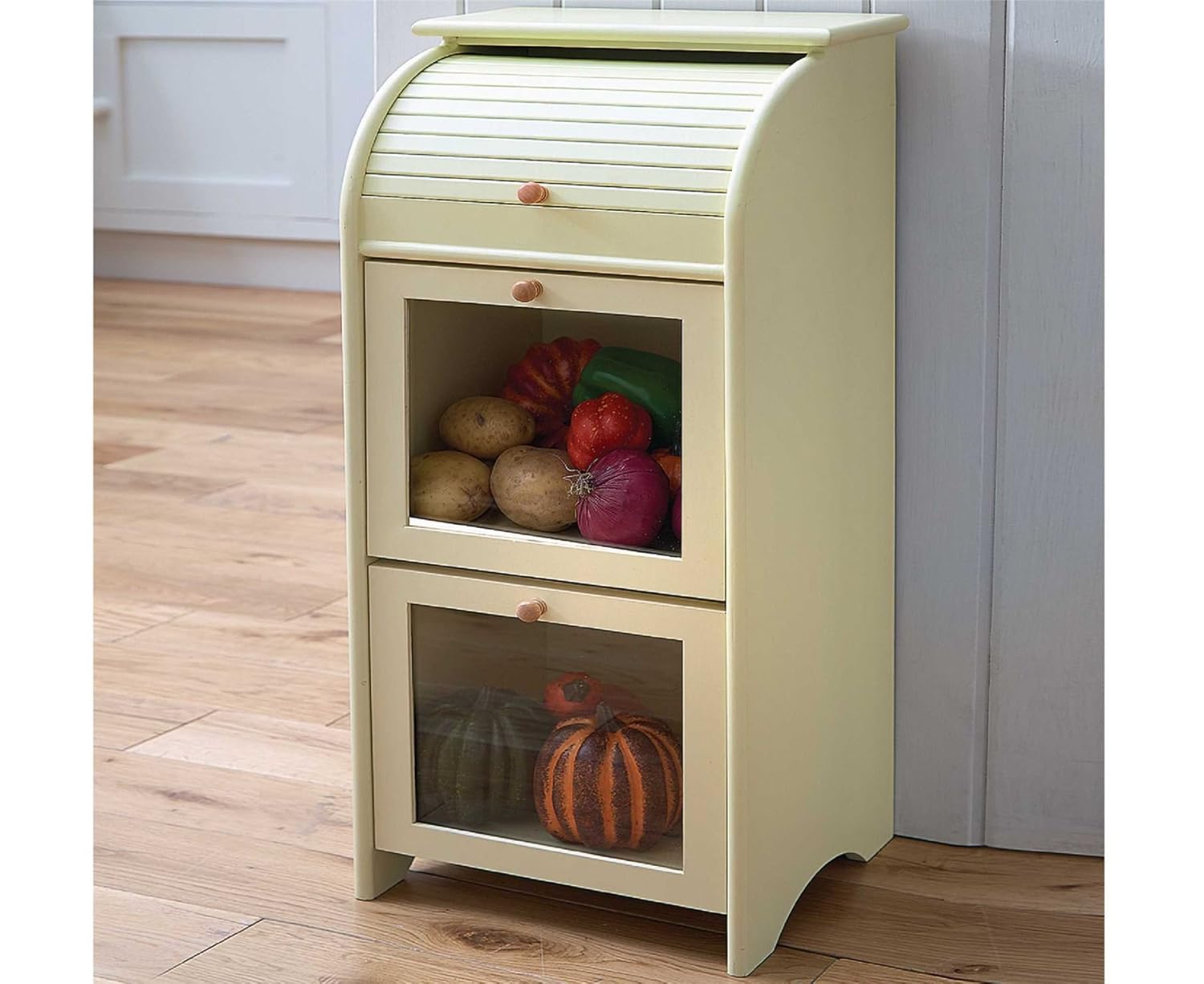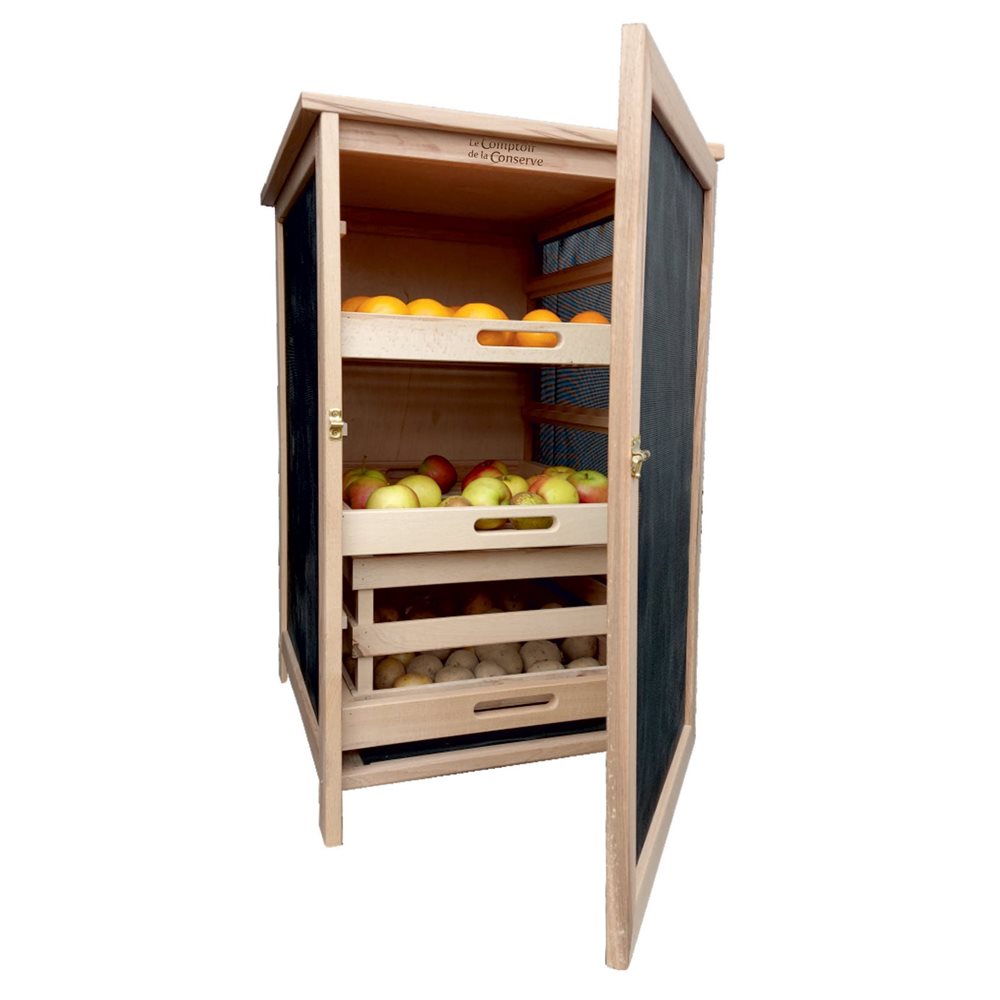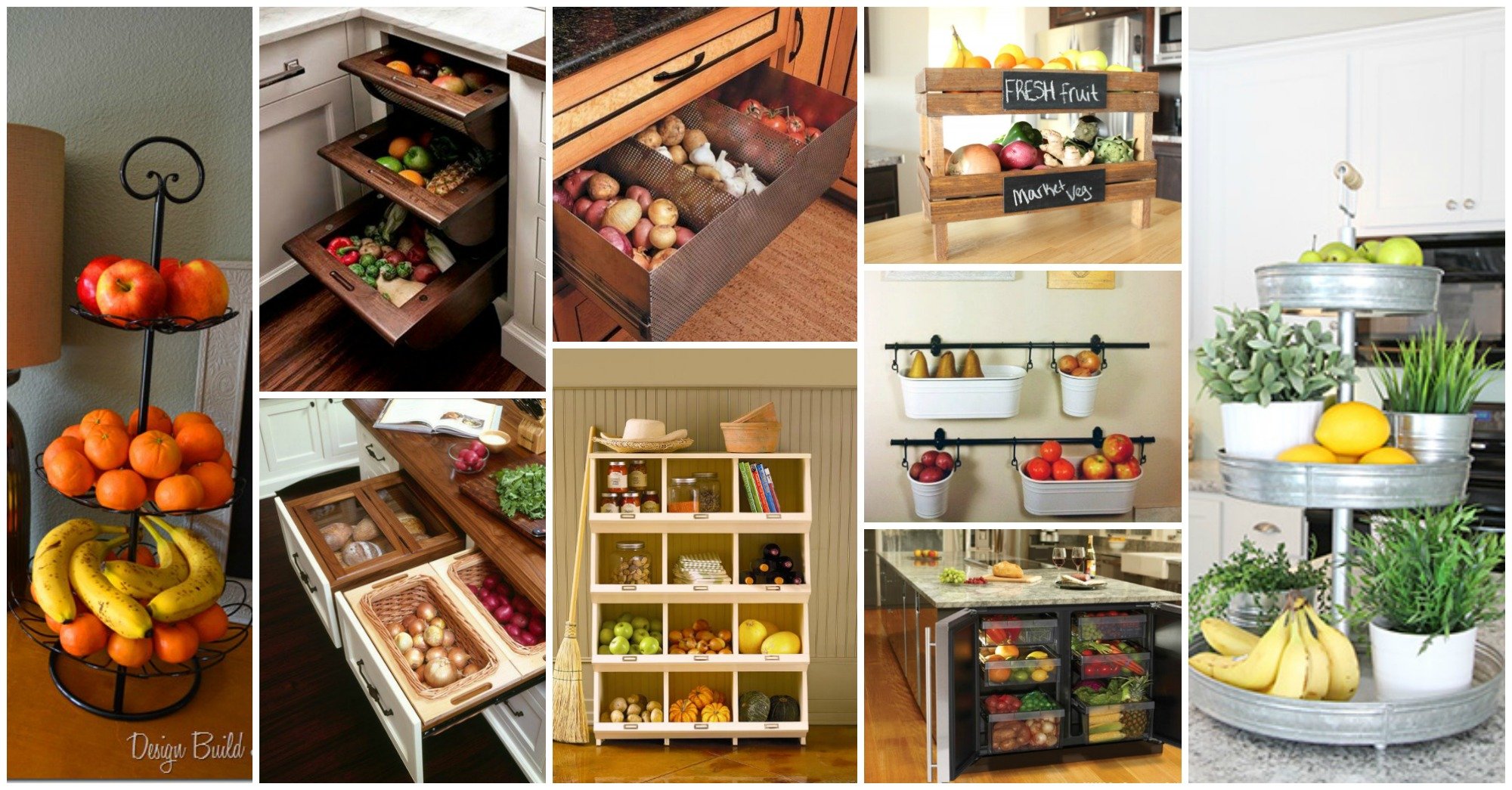Benefits of Vegetable Bin Storage Cabinets

Vegetable bin storage cabinets are a great way to keep your produce fresh and organized. They provide a dedicated space for storing fruits and vegetables, which helps to extend their shelf life and reduce food waste. These cabinets are often equipped with features that promote optimal storage conditions, such as adjustable shelves, humidity control, and ventilation.
Reducing Food Waste
Food waste is a significant problem, both environmentally and economically. According to the United States Department of Agriculture (USDA), about 30-40% of food produced in the United States is wasted each year. Vegetable bin storage cabinets can help reduce food waste by creating a controlled environment that preserves the freshness of produce.
- By providing a cool and humid environment, these cabinets help to slow down the ripening process of fruits and vegetables, extending their shelf life.
- The controlled environment also helps to prevent spoilage caused by bacteria and fungi, which can occur when produce is stored in warm, humid conditions.
- The adjustable shelves and bins in these cabinets allow you to organize your produce efficiently, making it easier to see what you have and prevent items from being forgotten and going bad.
Types of Vegetable Bin Storage Cabinets

Choosing the right vegetable bin storage cabinet can significantly improve your kitchen organization and food preservation. The market offers a variety of cabinets, each with unique features, materials, and sizes to suit different needs and budgets.
Types of Vegetable Bin Storage Cabinets
There are several types of vegetable bin storage cabinets available, each with its own set of advantages and disadvantages. The most common types include:
- Freestanding Cabinets: These are self-contained units that can be placed anywhere in the kitchen. They typically have multiple drawers or shelves for storing vegetables, fruits, and other produce. Freestanding cabinets offer flexibility in placement and can be easily moved around the kitchen as needed.
- Built-in Cabinets: These cabinets are designed to be integrated into existing kitchen cabinetry. They are typically custom-made to fit the specific dimensions of the kitchen space and offer a seamless look. Built-in cabinets can be more expensive than freestanding units, but they provide a more integrated and streamlined kitchen design.
- Under-Counter Cabinets: These cabinets are designed to fit under the kitchen countertop, making them ideal for maximizing space in smaller kitchens. They typically have smaller drawers or shelves, but they are still effective for storing vegetables and other produce.
- Rolling Cabinets: These cabinets are equipped with wheels, making them easy to move around the kitchen. They are often used as temporary storage solutions, but they can also be a practical option for those who frequently need to access their vegetables.
Using a Vegetable Bin Storage Cabinet

Now that you have a vegetable bin storage cabinet, let’s learn how to make the most of it. Storing your vegetables correctly will help them stay fresh longer and reduce food waste.
Storing Vegetables in a Bin Storage Cabinet
To properly store vegetables in a bin storage cabinet, follow these steps:
- Prepare the vegetables: Wash and dry vegetables thoroughly before storing them. Remove any damaged or wilted parts.
- Choose the right storage containers: Use airtight containers, reusable produce bags, or even paper towels to wrap vegetables. This will help prevent moisture loss and keep them fresh.
- Organize by type: Group similar vegetables together. For example, store leafy greens in one bin, root vegetables in another, and fruits in a separate bin. This will help you easily find what you need.
- Store vegetables according to their needs: Some vegetables need to be stored in a cool, dark place, while others need to be stored in a humid environment. For example, potatoes and onions should be stored in a cool, dark place, while leafy greens and herbs should be stored in a humid environment.
- Store vegetables in the correct position: Store vegetables upright, such as carrots and celery, to prevent them from getting crushed. Store root vegetables in a bin with good air circulation to prevent them from rotting.
Organizing and Labeling Vegetables
To make finding your vegetables easier, follow these tips for organizing and labeling:
- Use clear containers: This allows you to see what’s inside without having to open them.
- Label containers: Use labels with the name of the vegetable and the date it was stored. This will help you keep track of how long it’s been in the cabinet and avoid wasting food.
- Use dividers: Dividers can be used to create sections within a bin, making it easier to organize and find vegetables.
- Use a system: Consider using a system to organize your vegetables, such as storing them alphabetically, by type, or by date.
Maintaining Hygiene and Cleanliness, Vegetable bin storage cabinet
Keeping your vegetable bin storage cabinet clean is crucial to preventing mold and bacteria growth. Here’s how to maintain its hygiene:
- Clean the cabinet regularly: Wipe down the shelves and bins with a damp cloth and mild soap. Make sure to dry them completely before putting vegetables back in.
- Remove spoiled vegetables promptly: Spoiled vegetables can contaminate other vegetables, so it’s important to remove them as soon as possible.
- Ventilate the cabinet: Ensure good air circulation in the cabinet to prevent moisture buildup.
- Store vegetables in the right temperature: The ideal temperature for storing vegetables is between 32°F and 41°F (0°C and 5°C).
Bos, need a spot for your veggies? A vegetable bin storage cabinet is the way to go! But if you’re looking to upgrade your living room vibe, check out these awesome tv cabinets in Cape Town. They’re not just for TVs, they can be a stylish storage solution too! Once you’ve got your living room sorted, you can focus on keeping your kitchen organized with a solid vegetable bin storage cabinet.
It’s all about that balance, right?
A vegetable bin storage cabinet is a must-have for any kitchen, keeping your produce fresh and organized. And what better way to showcase your veggie bin than with a sleek, modern design? Think white cabinets and soapstone countertops , a classic combo that never goes out of style.
Pair your cabinet with these timeless elements, and your kitchen will be the envy of all your friends!